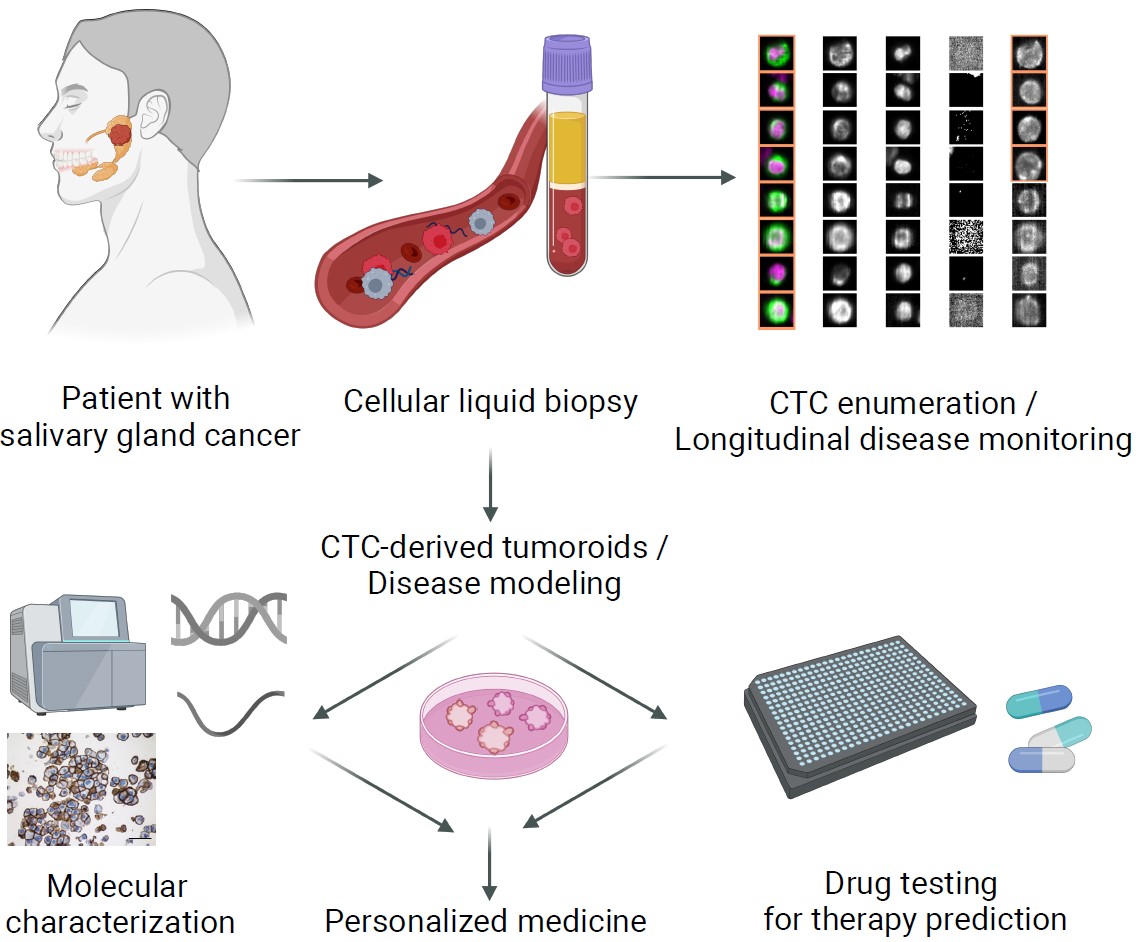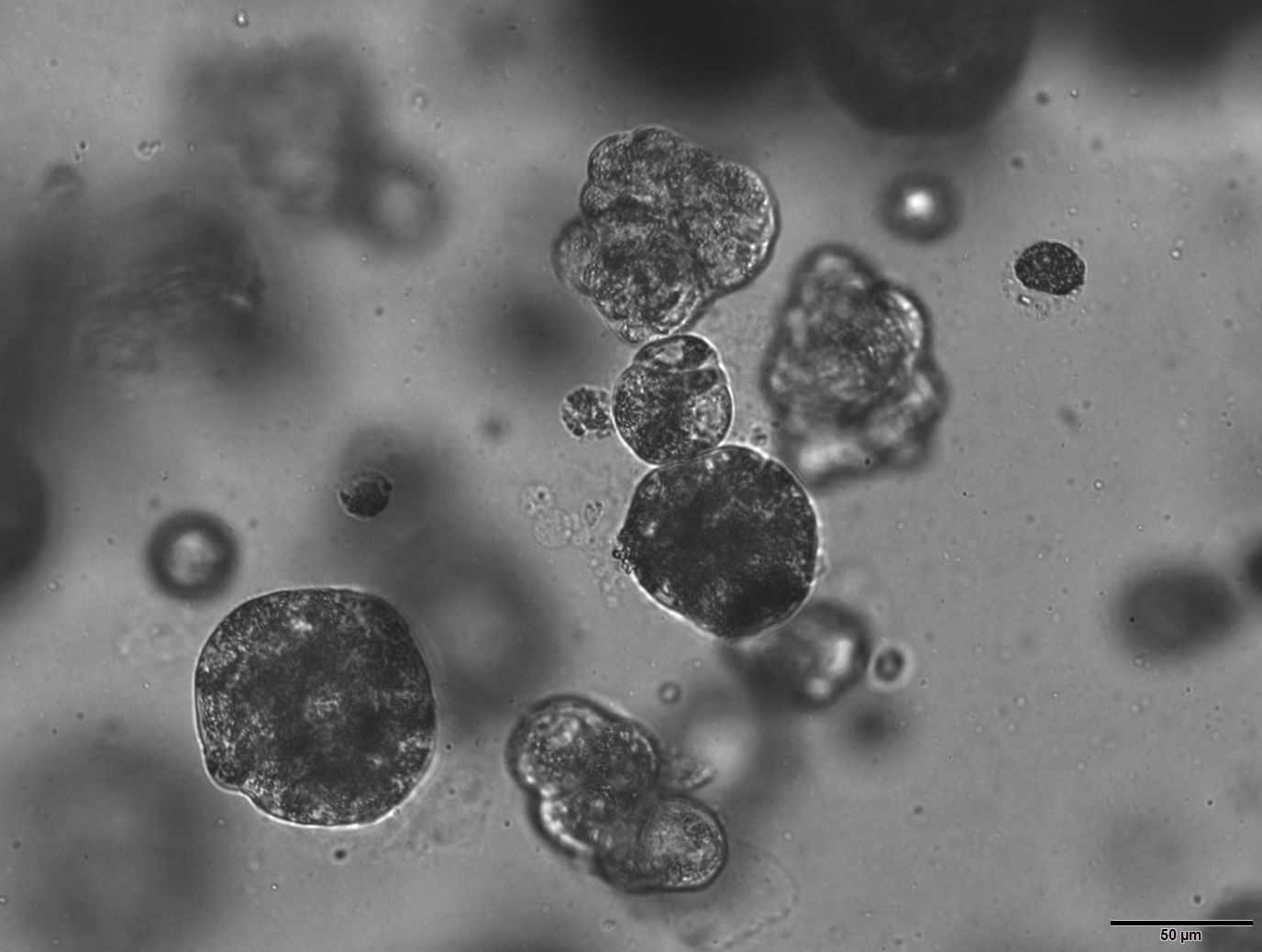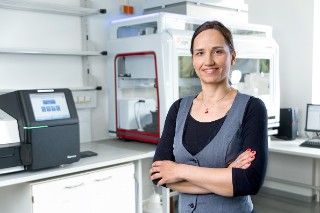

Researchers from the Division of Personalized Tumor Therapy at Fraunhofer ITEM in Regensburg, in collaboration with the University Hospital Regensburg, recently conducted a study highlighting the innovative application of cellular liquid biopsy (cLB). This method, a key area of expertise at Fraunhofer ITEM, aims to improve personalized medicine for patients with salivary gland cancer (SGC) and other rare tumor types. The results of this research have recently been published in the journal Molecular Oncology (DOI: 10.1002/1878-0261.13741).
The publication addresses the critical challenges faced by SGC patients, who often have limited treatment options. By employing cLB techniques such as CTC enumeration, biomarker expression analysis, and single-cell sequencing, the researchers gained valuable insights into the molecular mechanisms of SGC. In addition, they were able to monitor disease progression and assess treatment response faster than with current clinical procedures, such as positron emission tomography (PET) scans.
The researchers at Fraunhofer ITEM also successfully established CTC-derived 3D tumoroid cultures and used these for molecular profiling (DNA, RNA, protein), target prediction, as well as functional and automated drug sensitivity testing. The analyses were conducted within a timeframe that is clinically relevant for patient treatment. This means that the data obtained and the established workflows can be directly applied in the clinic, improving patient treatment outcomes.
Further studies are needed to better understand how accurate CTC-based models are in reflecting the current situation of patients. Therefore, Fraunhofer ITEM’s research aims to collaborate with medical professionals to improve treatment outcomes for patients with rare cancers such as SGC.
 Fraunhofer Institute for Toxicology and Experimental Medicine
Fraunhofer Institute for Toxicology and Experimental Medicine
